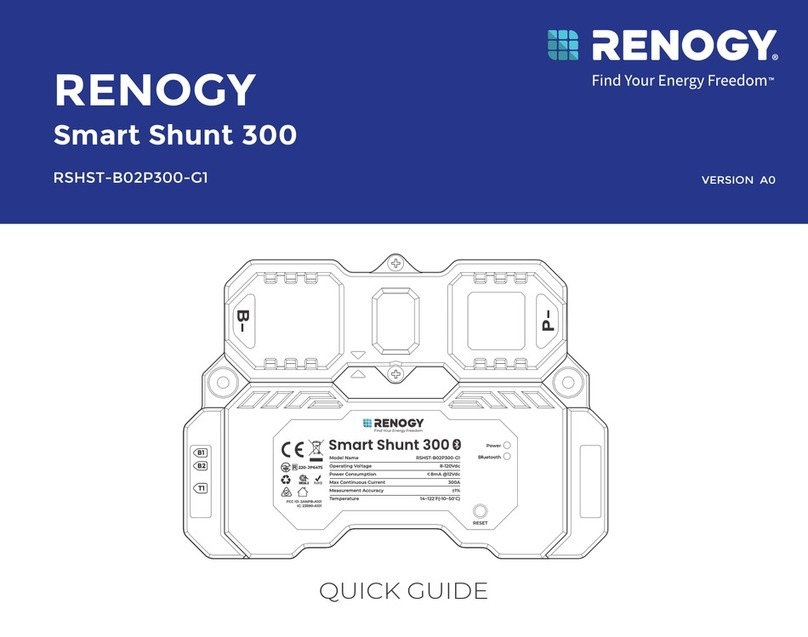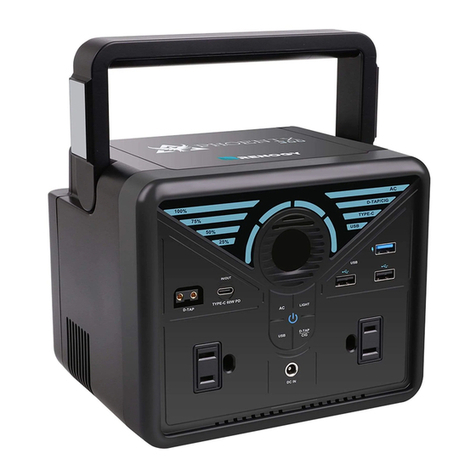
Symbols Used ...................................................................................................................1
Introduction .....................................................................................................................1
Key Features.....................................................................................................................1
SKU ....................................................................................................................................1
What’s In the Box?........................................................................................................... 2
Required Tools & Accessories ....................................................................................... 2
Get to Know Renogy 500A Combiner Box .................................................................... 3
Wiring Diagram ................................................................................................................ 4
Use MRBF Fuse.......................................................................................................................... 4
Use ANL Fuse............................................................................................................................. 5
Dimensions ...................................................................................................................... 5
How to Size Cables?........................................................................................................ 6
How to Install the 3/8 in Lugs (M10 Ring Terminals)? ................................................ 6
How to Connect Energy Devices to the Busbars Safely?........................................... 7
Step 1. Plan a Mounting Site .......................................................................................... 8
Step 2. Wear Insulating Gloves...................................................................................... 8
Step 3. Remove the Cover.............................................................................................. 8
Step 4. Mount the Combiner Box .................................................................................. 9
Step 5. Ground the Combiner Box................................................................................. 9
Step 6. Connect Energy Devices to the Combiner Box............................................. 10
Use MRBF Fuse........................................................................................................................ 10
Use ANL Fuse........................................................................................................................... 12
Step 7. Install the Cover ............................................................................................... 13
Interconnecting Combiner Boxs................................................................................. 13
Specifications ............................................................................................................... 15
Maintenance.................................................................................................................. 16
Important Safety Instructions ....................................................................................17
General .......................................................................................................................................17
Combiner Box Safety...............................................................................................................17
Renogy Support ............................................................................................................ 18
Table of Contents































